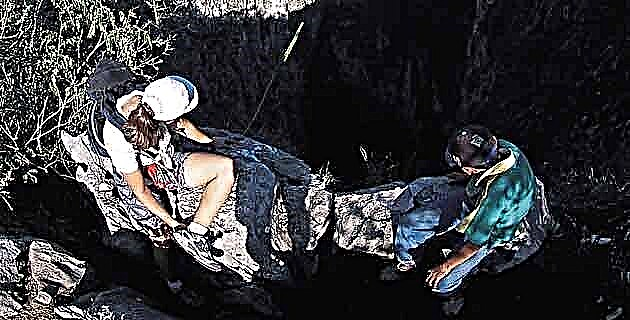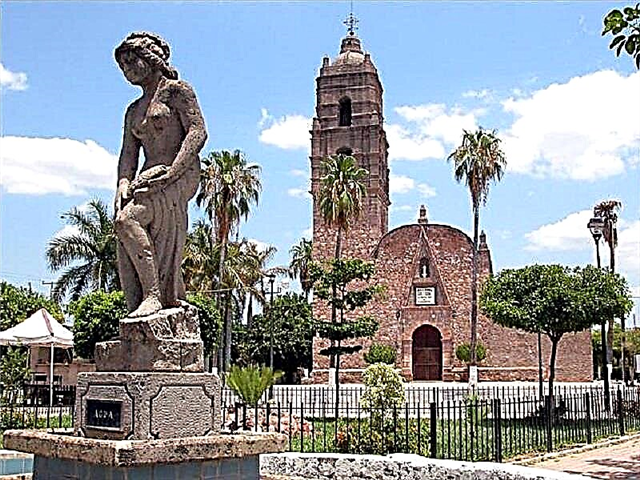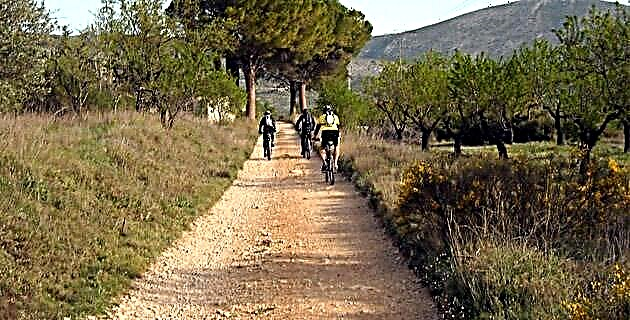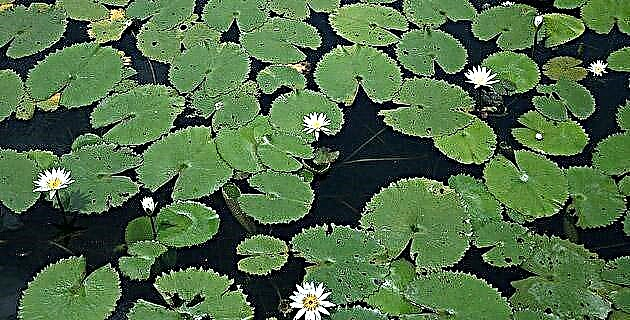
Springs, lakes and dams are a refuge for the water lily, which invades, tenaciously, different places and nevertheless hides qualities that are unsuspected by many.
Springs, lakes and dams are a refuge for the water lily, which invades, tenaciously, different places and yet hides many unsuspected qualities.
In floating rosettes he crossed borders and visited rivers, springs and dams from the Amazon River to North America, and tirelessly he even knew other directions, when approaching the currents of China, Lapp and Africa. Today, the African Congo River and some Hindu reservoirs also offer you lodging. Perhaps a swallow duck in mute flight dropped the seed in a forgotten stream. Perhaps the storm precipitated its passage or someone, impressed by the strange vegetal “plain”, picked it up and planted it, unwittingly, in a small lake. The truth is that the warm or temperate climate favors the life of the red snapper flower, duck, teaspoon, hyacinth or water lily, and the tropical one encourages it in the same or greater way.
THE PECULIAR “PLAIN” ADVANCES
It all started with a beautiful, thick green spot, which advanced impassively. She brushed the banks, caressed the barges and sometimes wore earrings with three mauve blue petals arranged in spikes. The locals looked at her in amazement. If the breeze slowed its pace, the carpet remained motionless and expectant. But when the wind regained its breath, its advance became swift and impetuous.
From a distance it resembled a farm field, bright under the caress of the sun and pleasant to the brush and canvas of some naturist. When the sparkles reached to illuminate the water, diffuse shadows crowned what appeared to be a tapestry.
As the days passed, the mantle became impenetrable; it was already rushing into a large part of the lagoon. Then surprise turned to bewilderment. The news spread: the water lily plain was preparing its invasion. Narrow corridors formed between the riverside trees, and over time these became impassable.
The neighbors gave up fishing; the strange tangle, so appreciated at first, interrupted his work. The faithful casts saw thick barriers that obscured their prey. The weeks passed and the rich diversity of the lagoon's marine inhabitants began to diminish; later they would find the answer to the mysterious siege.
At first attracted by the dense shelter of the lake, the regular visitors abandoned their Sunday walk in search of other places of relaxation. The small neighboring shops closed their simple doors, and the foreign greetings died. River traffic stopped in their tracks. The gates of the hydroelectric plant were obstructed by the “tamandas” ‘and the same thing happened in the mouths of the irrigation canals: the networks became congested. And the green arms also reached, in their siege, up to the posts of an old wooden bridge, undermining them until they defeated them.
Astonishment and confusion then turned to shock and later to fear. The unease grew. Everything seemed to indicate that the shallow waters were driving the multiplication of the floating rosettes, which found in the black waters an even more fertile field for their proliferation. During the winter and spring, the compact plain interrupted their journey, threatened -as it was believed- by low temperatures and low rainfall. But in summer and autumn his march was uncontrollable; lily pads could reach up to 60 cm thick.
THE FIGHT FOR EXTERMINATION
The spread of the thick and twisted banks required a prompt solution. Thus began the extermination attempts, as the plain had become a plague that spread everywhere. The men organized themselves and began their extraction, by determined hand, with simple instruments, without any technique. Disappointed, they observed that the achievements were minimal and that, without knowing it, they were favoring the feverish increase of the lily, because by loosening the sizes they benefited their multiplication. Amazed once again, they realized that the roots could reach between 10 cm and more than a meter in length.
Surely the task was much more difficult. They requested help and received the collaboration of some technicians, who promised the eradication of the plague. Cutters, pruners, excavator dredges and even barges arrived ready to harvest the lily. And the feverish task began. Visitors claimed that, in other areas, they had managed to extract more than 200 tons with the use of threshers. But even though they obtained encouraging results, they failed to exterminate the plague. A machine shredded the weeds, shredding them, and then another tractor was responsible for dragging them to shore. But there was still no talk of extinction.
The weeks passed and while the plague continued to reign, although its volume diminished, the neighbors lived with growing despair the loss of their source of work. Anguished, they saw how the fish population was reduced. With this, they not only lost the tasty and profitable catch, but also the existence of the appreciable surrounding marine fauna. A technician gave them the answer: the lily is harmful to animal life, because it absorbs a lot of oxygen from the water - the chemical constitution of the water hyacinth reveals that it exceeds 90% of the precious liquid - and with it alters the ecological picture, in addition to hindering the development of plankton, thereby decreasing food for fish.
Having exhausted the use of manual and mechanical methods, they had to resort to planting hungry carp, whose favorite dish is algae, but who like lily in the same way. Manatee, inhabitants of the coastal lagoons and the littorals of the Gulf of Mexico also dispersed. These herbivorous mammals devour different aquatic, floating or emerging plants, but they do not withstand low temperatures and sometimes cannot propagate. Carp and manatees stumbled over the dense vegetation barrier, which made their movement difficult. Some and others, without knowing it, added their action against the strange plain, but the effort did not give the expected results.
Finally, there was no choice but to enter the field of herbicides. Practice had shown, elsewhere, the harmfulness of inorganic substances (such as arsenic oxide or copper sulfate), which were displaced by their toxic and corrosive properties. For this reason, they decided to try eradication using an organic herbicide, spraying with motorized pumps or hand sprinklers.
The costly investment fell on 2-4D, a synthetic substance that is used in the amine or ester form. The experts reported that this compound had been shown to be harmless to aquatic animal life and narrow-leaved plants, making it suitable for fighting broad-leaved plants, such as lilies. After the first spray, the herbicide did its job: it wilted and killed some of the tough weed; after two weeks, the water hyacinth began to sink.
Some technicians warned that both the incorrect calculation of the dose, as well as the interruption of the treatment, could have favored the enthusiastic multiplication of the lily. And they added that, depending on the characteristics of the affected area and the extent of the pest, up to three sprays may be needed during the year.
Thus began the extermination of the floating rose windows, but there was still much to do. These were only the first effective steps, and the possible consequences on the environment in particular were still unknown.
The experts advised to continue combining the manual method, the mechanical method and the stocking of devouring fish, and they suggested not to rule out the natural order; that is to say, the winds and currents that drag the lily pads with them towards other branches that finally flow into the sea, using, of course, the help of the neighbors to travel their journey without obstacles.
THE OTHER SIDE OF THE PLAGUE
Mountains of water hyacinth then accumulated on the banks of the lagoon. How different the landscape was now, wounded and desolate. The damage to marine fauna was still presented as a question mark. The lily began to turn yellowish and dry, becoming elastic but more brittle.
Some neighbors decided to mix it with the earth. Perhaps it could be used as compost. But they were faced with the impossibility of maintaining the necessary humidity without adding some other fertilizer to the lily pads. Others chose to change the “beds” of the cattle, and substituted the straw for the water hyacinth. There were those who showed that it could be. a good substitute for alfalfa, recognizing that it is best consumed by cattle in the form of flour, mixed with molasses, which gives the compound another flavor and texture. Over time they concluded that the lily is poor in protein, but rich in chlorophyll, for which it must be supplemented with dry grass; Everything indicates that it can become a good forage.
The technicians reported on the possible transformation. of the weed, by distillation process, in fuel gas of low caloric power and they assured that with the ashes chemical fertilizers can be obtained. But they also warned that as the drying of the plant is expensive, in addition to being a slow process due to the large amount of water it contains, it had not yet been possible to promote its full use at an industrial level. Regarding the lily fibers, the specialists added that they contain hemicellulose, which is why they are not suitable for making paper, but they can be considered a good raw material for making cellulose.
Day by day the stolons multiply, separate from the mother plant and proliferate in other landscapes. The Valsequillo, Endho, Solís, Tuxpango, Nezahualcóyotl, Sanalona dams, the lakes of Chapala, Pátzcuaro, Cajititlán and Catemaco, the Grijalva and Usumacinta basins, are just some of the places where the plague spreads until it becomes a “plain”. In four months, two plants can create a 9 m (square) carpet, which is sometimes adorned with color for 24 hours: this is how fleeting the life of its flowers is, whose fragility contrasts with the persistent presence of the lily. Plague that, however, can now pay for its devastating action and, as has been proven, reverse the threat it represents, for the benefit.
Source: Unknown Mexico No. 75 / February 1983











